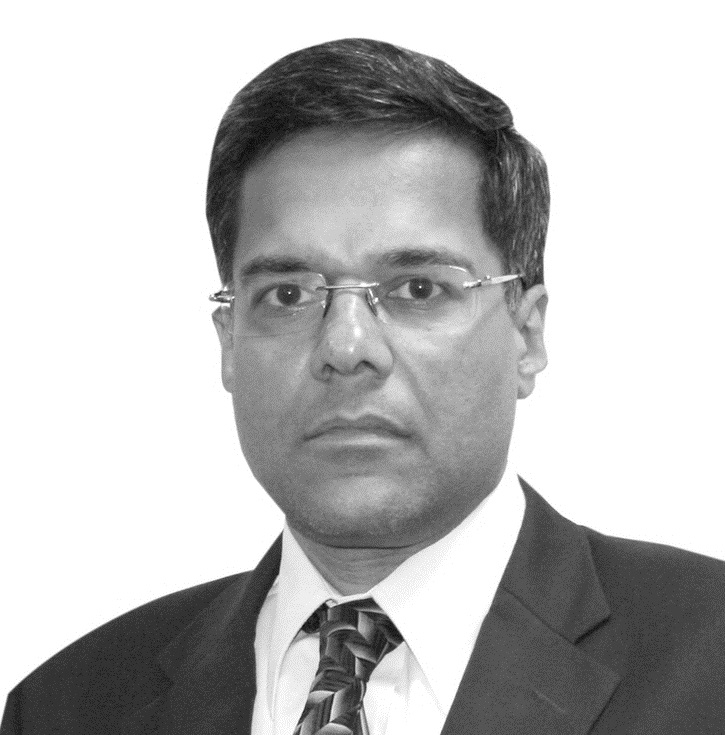Reimagining Insurance in the world of IoT

- Rahul Singh, President, Financial Services at HCL Technologies
- 17.11.2016 06:45 am Internet of Things
The Internet of Things (IoT) is everywhere. You cannot flip through a magazine, attend a conference or read a news feed without finding a reference to IoT. With good reason – the IoT has become an important part of the technology landscape, altering the way we live, work, manage problems and conduct business.
Fundamentally, what is happening is that a growing number of devices are being connected over the Internet. At last count, there were anything between 10 and 20 billion connected devices. This, according to analysts, is expected to balloon to 40 to 50 billion by 2020. Devices such as cars and aircraft, coffee makers and beverage dispensers, oil rigs, medical devices, thermostats, traffic signals, mobile phones, GPS systems, weather monitors, and millions of software applications, will begin to talking to each other. It will be Machine2Machine talk, but the conversations will contain vital business signals. Think of this ability of devices, sensors and systems to share data from diverse sources – often in real time -- as a new performance enhancing property.
One of the industries where the IoT will have a major impact is financial services, particularly in the area of insurance. Through the IoT, insurance companies are reimagining the business; creating innovative products, driving superior customer experience and de-risking compliance. By using a vast amount of real-time data and powerful statistical analytics, carriers are able to factor business trends, threats, lifestyles, customer sentiment and environmental vagaries into decision making.
For example, inclement weather is a top cause of home insurance claims. Research by ISO spanning 2009-2013 showed that approximately one in 31 homes experience loss due to wind and hail. Additionally, one in 55 homes experience loss due to water damage and freezing that could be weather related. The intelligence from weather systems combined with geo spatial information and granular Enterprise Resource Planning (ERP) data, has begun to produce entirely new insights and outcomes.
By using both real-time and historical weather and geo spatial data, insurance firms could identify policy holders most likely to be impacted by a hurricane or snow storm. Insurers can then reach out to policy holders who are most likely to be impacted by the poor weather and inform them what action to take to minimise loss; contact field adjudicators with likely type of claims; project IBNR and loss triangles; improve speed of claim reporting and settlement; use analytics to detect potential fraudulent claims; establish loss reserves. All with the help of the IoT.
It’s not surprising that the IoT is in the top five trends affecting insurance and is having a disruptive impact on the industry. Already, insurers such as Allstate are providing discounts of up to 25% on insurance premiums for homes that have smart monitoring (surveillance and home security). Chubb Insurance offers premium credits up to 5% when a water leak detection system or a temperature monitoring system is installed. Progressive generates ~$2 billion premium through a voluntary, behaviour-based insurance program based on driving time, mileage and speed, using devices connected to vehicles. You can imagine how wearables, with the ability to monitor and analyse body vitals, will use patient generated data (PGD) to unlock new value in medical insurance.
The world of insurance is exploding with new ideas around the IoT. These ideas, when combined with cognitive computing, are producing new ways to communicate with customers and cement relationships.
Clearly, data is at the center of this major technological transformation. There are four phases the data must go through; it must be captured from relevant sources such as sensors and devices; it must be cleansed and enriched with additional information from maps, weather reports, municipal data; the combined data must be analysed using industry-specific models and algorithms to derive actionable insights; finally the action itself needs to be communicated in real time with alerts to users and stakeholders in the ecosystem.
The insurance industry is keenly following developments in the IoT and is eager to use the technology, especially in the areas of home, medical and motor insurance. These are areas where consumers are visibly investing in monitoring and management devices. The remaining partnerships required for an IoT ecosystem to mature are quickly falling into place. Telecom networks are able to handle large volumes of data; devices are getting more affordable; insurers are open to innovation; service partners such as care centers, home repair, maintenance and service providers are establishing better connectivity with their customers and data; applications are gravitating towards a standards-based scalable cloud environment.
There has been a number of interesting Proof of Claims (POC) emerge over the last 12 to 18 months, and some early adopters are already leading the way through disruption. It won’t be long before the IoT becomes everyday technology for the industry.
A few underlying currents triggered by the IoT must be noted. For one, the insurance industry has never produced anything physical. It has used data to arrive at intelligent ways to compensate for loss. How Carrier A acquires and uses data versus how Carrier B does it, determined the differentiator. Now, with the IoT, data is becoming a commodity. The implication is obvious; the speed and efficiency with which carriers manage their data – and prevent themselves from being overwhelmed by it – will determine who leads the industry. In addition, there will be increased emphasis on data security. This adds a fresh dimension to the problem. It isn’t just acquiring and using data that is important. Securing it becomes equally vital. Finally, technology partnerships will drive what a carrier can or cannot achieve in the Age of the IoT.
























